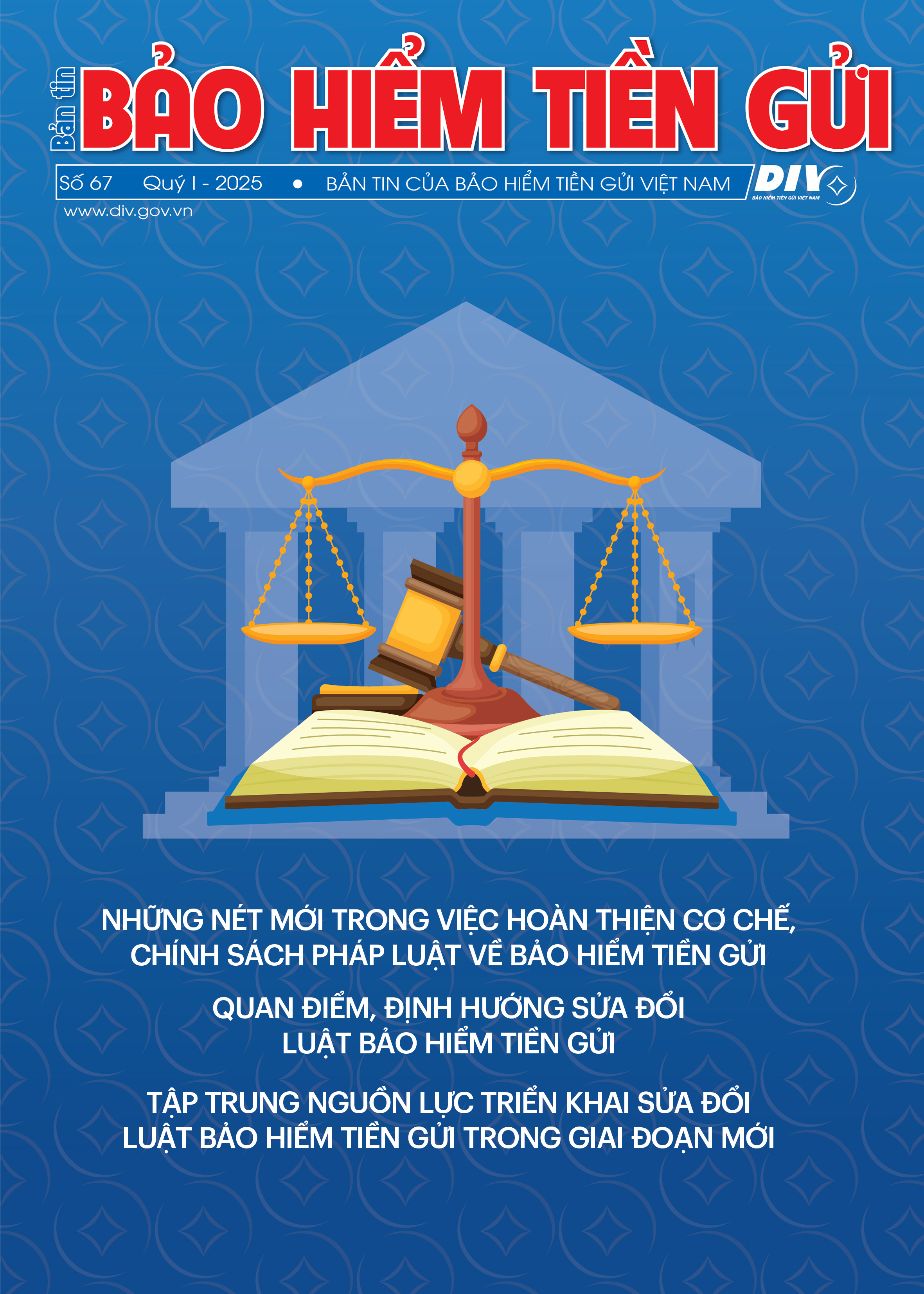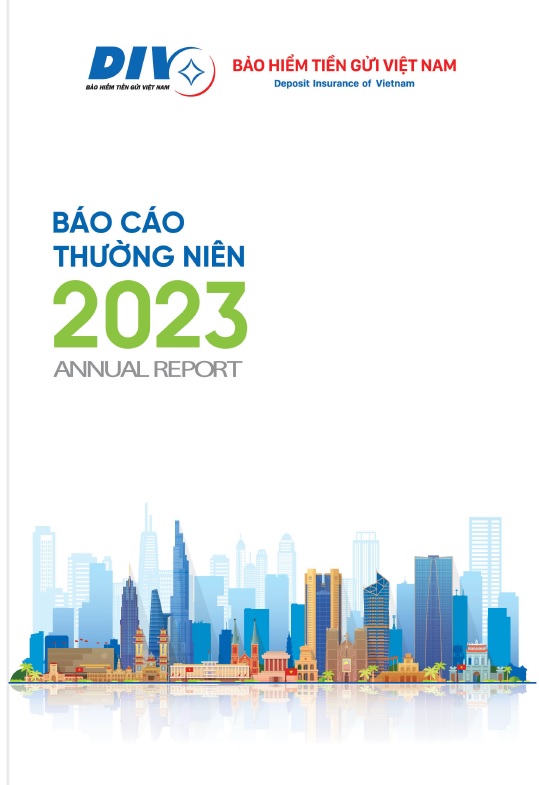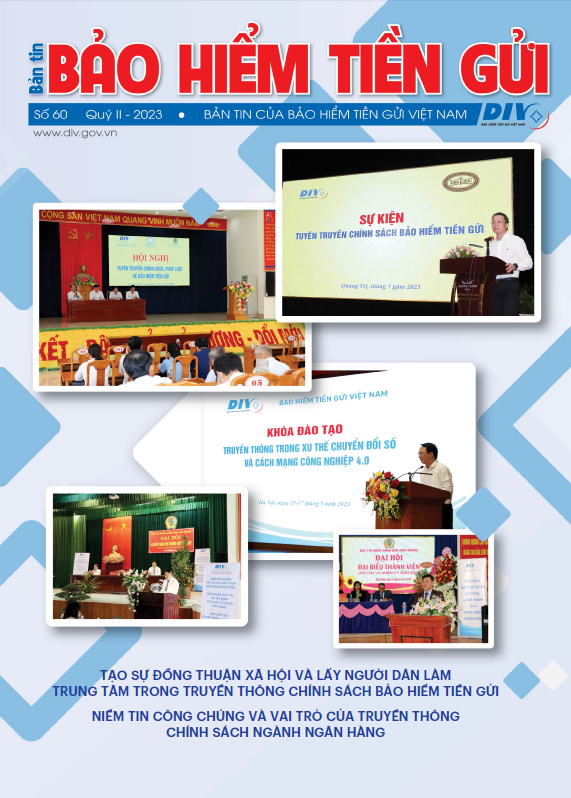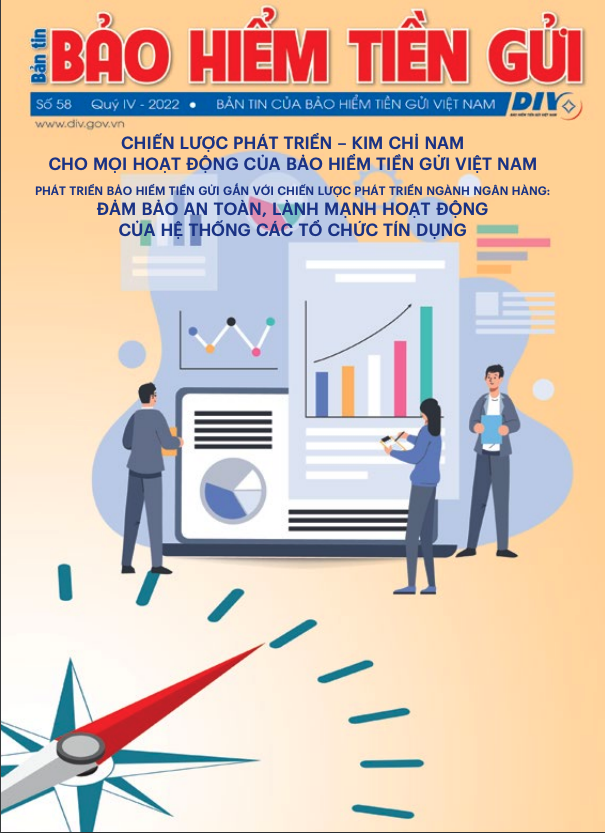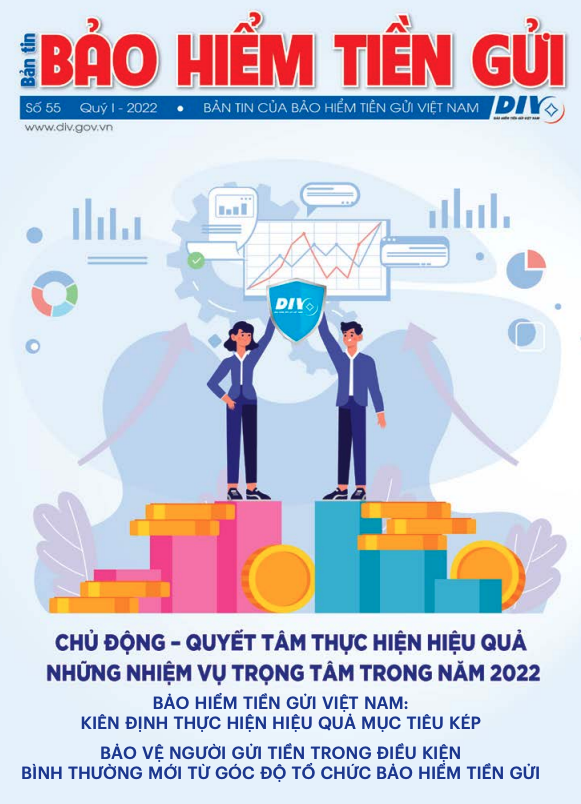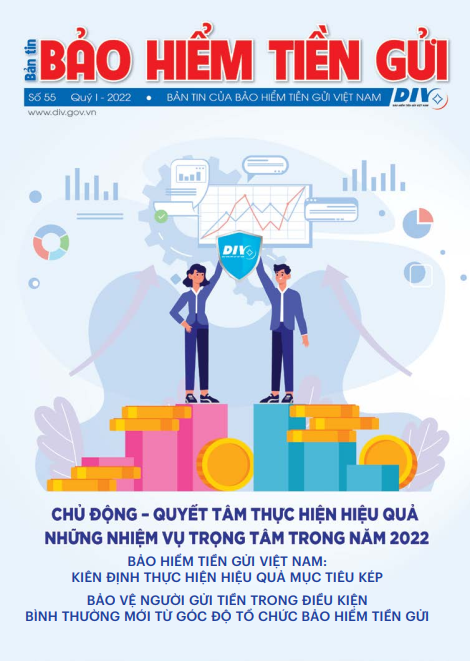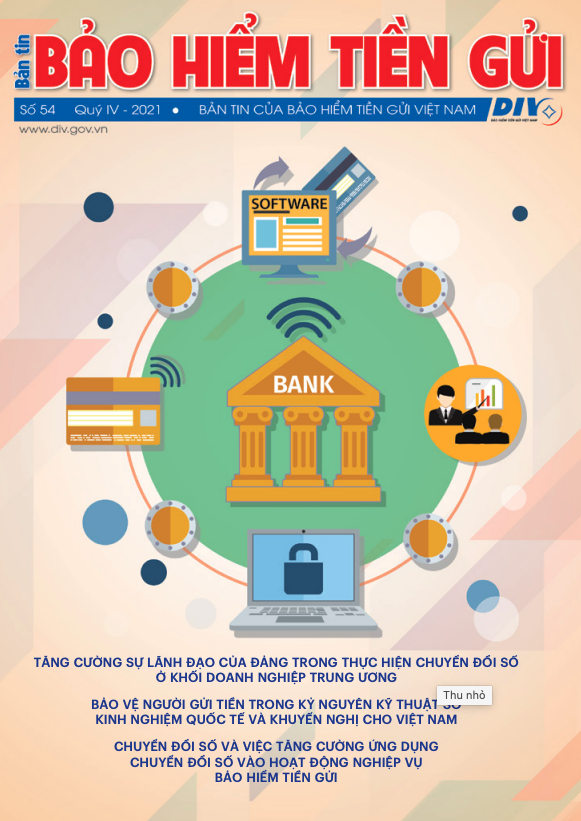From a series of adjusting interest rates…
The recent decrease in interest rates which was on the route to lowering interest rates in 2012 and continues to be implemented in 2013 was directed by the SBV’s Governor from the very beginning of 2012. From 2012 through March, 2013, the SBV has adjusted deposit rates and lending rates 6 times through bringing down interest rate ceiling. The first time was on March, 13th 2012 (from 14%/per year down to 13%/per year) in accordance with the request of lowering interest rates by the Prime Minister. Subsequently, on April 11th, the interest rate was lowered by 1%, to 12%/per year. On May 28th 2012, the SBV decided to lower the interest rate ceiling down to 11%/per year, lending rate to 14%/per year, and at the same time decreased a series of reference rates. From June 11th 2012, the VND short-term interest rate ceiling was decreased from 11%/per year to 9%/per year. Besides, in accordance with the Circular 19/2012/TT-NHNN issued on June 8th 2012, the SBV permitted commercial banks to decide long-term deposit rates on their own (maturity of 12 months upwards). From December 24th 2012, the SBV pulled the short-term interest rate ceiling down to 8%/per year.
Subsequently, given the situation of CPI in March 2013 continuing to shrink and a great amount of capital blocked in the banking system, on March 26th 2013, the SBV informed that VND short-term interest rate ceiling was decreased to 7.5%/per year; and at the same time main rates were also lowered by 1% in order to unblock capital flows, removing difficulties for enterprises and boosting economic growth.
In reaction to regulations of the SBV, the level of interest rates in the market tends to decrease continuously. According to data collected from commercial banks, the average short-term interest rate was down from 13.93%/per year in February 2012 to 9.89%/per year in June 2012 and to 7.49%/per year in March 2013.
However, the main objective of this measure is not to lower interest rates but to pull lending rates down, and pump capital in to support the economy.
In fact, VND lending rates in the first quarter of 2012 were adjusted downwardly from 1-3%/per year for such sectors as agriculture, rural areas, exports, prevalently at 14.5-16%/per year; the lowest level at 13.5% applied to those corporate clients who committed to selling foreign currencies to banks. In the third quarter of 2012, lending rates for other sectors were lowered to 13%/per year, and even reduced to 9%/per year for A-rated enterprises. However, not many enterprises have chances to get access to capital at preferred rates. Since cheap funds only spares for prioritized sectors, quite a few customers not in these sectors still have to borrow at high interest rates. In addition, enterprises with great amount of bad debts, old overdue debts cannot borrow new loans. Therefore, the capital absorption of the economy was considerably weak with credit growth in 2012 at the record low of about 7% only. This figure by the end of March 2013 has not been improved but even much worse, at 0.1%. The number of bankrupt, dissolved companies continued to increase in 2012. Out of the total number of over 670,000 enterprises which were established and operate in the whole country, nearly 202,000 enterprises were dissolved, ceased operation in 2012, 8.4% up compared to 2011 and equal to 50% of the total number of enterprises having left the market for the past 20 years.
From the perspective of economic analysis, it can be seen that efforts by the SBV in supporting the economy will bring about psychological effectiveness; however we need more time to make more precise judgments.
Developments of interest rates in the market for the last time have made a lot of impacts on such economic sectors in the society as enterprises, banks and especially sentiment of depositors.
…To sentimental development of depositors
The first judgment, which is considered the most important, is that continuous decrease in interest rates has exerted a certain effect on depositors’ confidence but not strong enough to pull money out of banks.
According to surveys carried out in some provinces, in the first day of applying new interest rate levels, instead of listing an interest rate of 7.5%, banks cleverly listed the highest level of interest rates of 9.5-11% - which were applied to long-term deposits from 12 months upwards to avoid money pulling out. Though depositors quickly found that these highest interest rates were applied only for long-term terms like 24 months and 36 months, upon consideration, they finally decided to keep their money in banks.
The abovementioned fact can be explained by some reasons. Firstly, people have been prepared for a relatively long time to face the decrease in interest rates. The movements of interest rates for the past time had tendency to decrease continuously, and together with economic signs in the beginning months of 2013 such as low inflation which was analyzed and projected by some economic experts very early, people have grasped the information and had time to prepare. This means that depositors have received the information of lowering interest rates in an active, positive way. Together with expectation of stable inflation around the level of 2012, all of these have made the decrease in interest rates exert no much effect on capital inflows into banks.
The second noticeable reason is that, in present time, other investment channels have not been attractive. The favored investment markets in previous periods such as real estate, securities and gold ones have been in difficulty and had a lot of latent risks, so most depositors who want to secure their money and increase profits in a safe way still have chosen bank deposits as one of the most effective channels. Thirdly, people depositing money in banks depends a lot on their expectations of inflation. According to the information from the National Financial Supervisory Committee, together with projections by economic experts, inflation in 2013 would stay at a low level. Therefore, people can feel secure upon bank deposits and enjoy interests. As compared to previous years, when inflation was very high, nominal interest rates were high as well but still lower than the inflation, the current spreads between interest rates and inflation have also created no small attraction.
Then, it can be observed that in spite of keeping money in banks, not all depositors have made a similar choice. There are 2 alternatives which most people have chosen. Firstly, depositors can keep deposits in a short-term term. According to some commercial banks in Ho Chi Minh City, although the tendency of lowering interest rates have become more and more explicit, deposits of customers termed under 12 months have still increased by each week. In fact, customers favor short-term deposits of 1-3 months for capital flexibility. Another reason is that they felt insecure upon keeping short-term deposits because interest rates for the last time have fluctuated a lot. Therefore, a decrease of 0.5% in short-term interest rates of less than 12 months has changed short-term funds little. The second alternative is to transfer short-term deposits to long-term deposits. Although short-term deposits have undeniable advantages, a lot of depositors have turned to long-term deposits (from 12 months upwards) for higher interest rates to maximize profits from idle money together with projection of tendency of lower interest rates. According to the survey conducted in some banks in Hanoi, because of actively grasping possibility of lowering interest rates very soon, in recent days, a large number of depositors have actively chosen longer-time terms for higher interest rates. Besides, turning to long-term deposits brings considerable benefits to banks because banks would have more stable capital, feel more secure about liquidity, which is a basis for giving out longer-term loans to support enterprises more efficiently.
Besides, a part of depositors have withdrawn money from the banking system to invest in other channels like: buying gold, USD, securities or extending credit in “the black market” to earn high interest rates.
According to surveys, after receiving information of decrease in interest rates, a small part of depositors were inclined to search for more profitable channels of investment. They supposed that if deposited, their money would lose value after 1 year. Therefore, they intended to withdraw part of their money to invest in other markets like buying gold, USD or lending acquaintances at higher interest rates.
However, a lot of experts in banking and finance have not agreed with this measure for risks, especially in present time. There is no statistical data on capital flows draining out of banks to other investment sources. But with the rate of credit growth like today, it can be preliminarily supposed that the amount of money withdrawn from banks to other channels of investment may not be much if compared to the amount left in banks.
The final judgment is that those depositors with demand for purchasing residential houses can consider spending money on it as soon as possible. According to some experts, spending some idle money on purchasing residental houses at present is very rational even when there is no demand for residence. The property market is cool, housing prices are low, and there are a lot of sale-off residential projects. In addition, in cases of purchasing houses but not living in them, people can lease them. Land rent perhaps can not equal to interests earned from bank deposits but be covered partly, additionally, in the long run, when the property market recovers, investors will have chances to gain profits higher than interests of short-term savings. Moreover, as far as whole economy goes, purchasing houses would indirectly contribute to stimulating real estate market.
However, in fact, in the circumstance of the present property market, together with the economy showing no positive signs, it is projected that not many depositors will withdraw money to buy houses.
In summary, reactions of depositors to decrease in interest rates are very different. They can keep money in banks, or withdraw money to make other investments. However, in case the macroeconomic condition does not change much, sentiment of depositors in the coming time will not change much as well compared to the present time, and commercial banks will not have to face difficulties of decreases in deposits and instable liquidity. This contributes to affirming the accuracy of the policy of lowering interest rates set out by the SBV.
References:
1. Report on supervision of the banking system by Deposit Insurance of Vietnam
2. Information about interest rates of banks at laisuat.vn
Information from some banks in Hanoi and Ho Chi Minh city.









